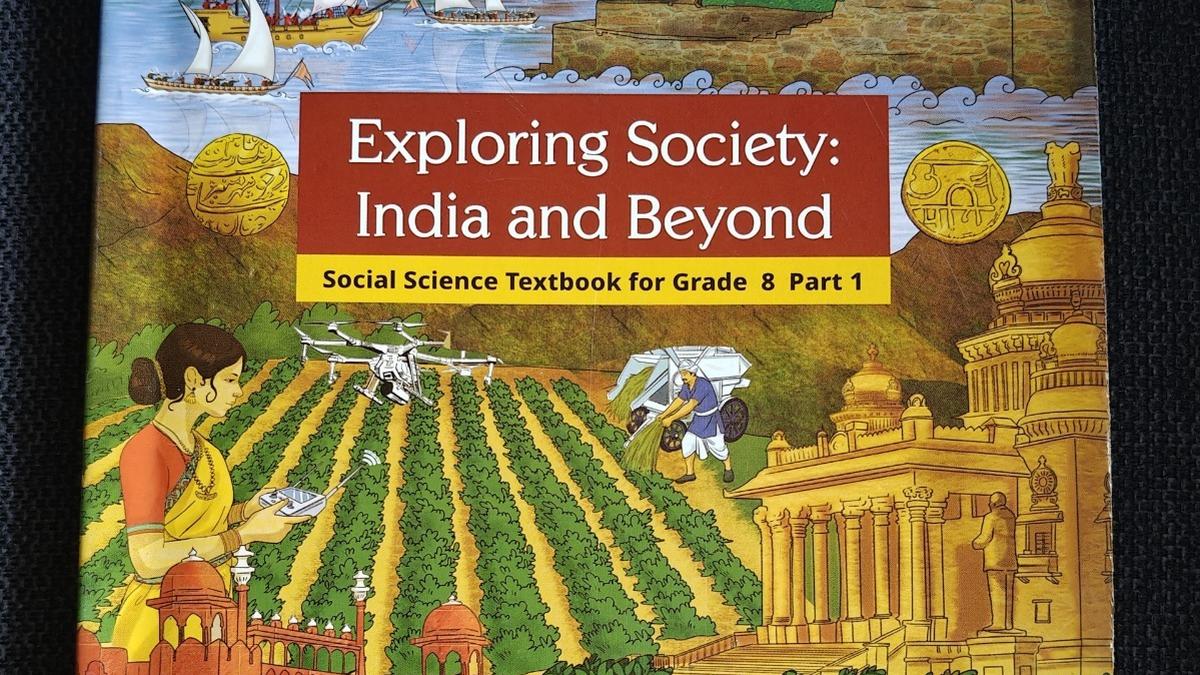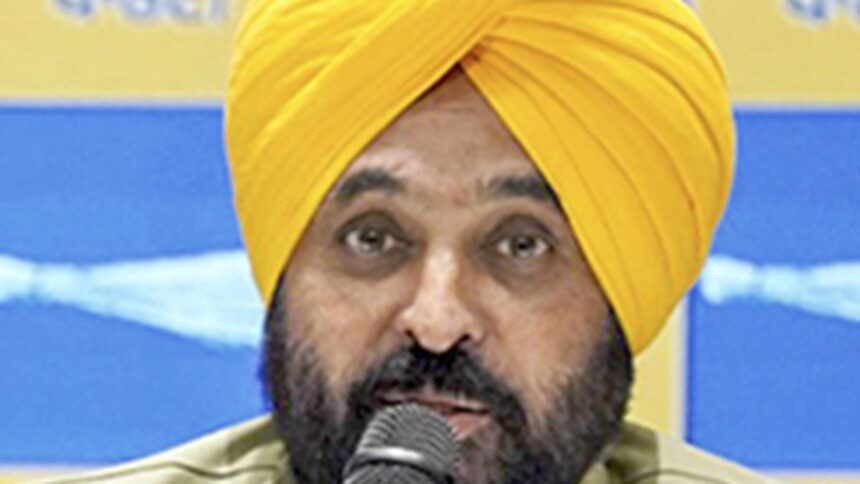Influential women icons Raziyya Sultan, who once ruled the Delhi Sultanate, and Nur Jehan from the Mughal era, have been omitted from the new Class 8 National Council of Educational Research and Training (NCERT) social science textbook introduced from the current academic year (2025-26).
While students earlier learnt about the Delhi Sultanate and the Mughals in Class 7, the new Class 7 textbooks culminate before the 12th century timeline. This content has now been included in Part one of the new Class 8 textbook.
In the older textbook, two chapters – one on the Delhi Sultanate and another on the Mughals – were taught in the Class 7 book Our Pasts – II. It had a section dedicated to the story of Raziyya Sultan, daughter of Sultan Iltutmish. A similar chapter in the new Class 8 textbook omits her mention. In the old textbook, Raziyya, who became the ruler (Sultan) in 1236 and continued her reign till 1240, had been described as more “able” and “qualified” than all her brothers. The book noted how Raziyya mentioned on her inscriptions and coins that she was the daughter of Sultan Iltutmish, in contrast to queen Rudramadevi of the Kakatiya dynasty who changed her name on inscriptions and pretended to be a man.

The new Class 8 textbook that features the Delhi Sultanate and the Mughals in Chapter 2 – Reshaping India’s Political Map does not mention any women ruler or queen of the time. For instance, it also omits the mention of Emperor Jahangir’s wife Nur Jehan, who in the old textbook had been referred to as having “influence in Jahangir’s court”. The old textbook also stated that silver coins were “struck in the name of the Queen Begum Nur Jehan”, and seals were issued in her name. Messages inscribed on the seals granted her the status of an equal to Emperor Jahangir, the book said.
In the chapter on Mughals in the new textbook, references to Rani Durgavati, queen of Garha Kingdom, one of the Gond kingdoms in central India, have been freshly added. The new text mentions that she “led her troops and fought bravely”, against Mughal ruler Akbar’s attempts to attack her kingdom in 1564.
In chapter three of the new textbook, The Rise of the Marathas, a section titled “Mighty Maratha Women”, mentions Tarabai as a “fearless warrior queen”, who resisted Emperor Aurangzeb’s expansion efforts. She has been called “the architect of the northward Maratha expansion”. Ahilyabai Holkar has also been mentioned as being “instrumental in the Maratha expansion in North India”.
Michel Danino, NCERT’s Curricular Area Group head for Social Science textbooks, told The Hindu that a section on Begum Hazrat Mahal of Awadh had been included in Chapter 4 – The Colonial Era in India. She has been mentioned as a “heroine”, who joined “the rebels during the 1857 uprising.”
“We would have liked to include more such influential women icons, however, at one point the question was that of space. We also have a mandate of reducing syllabus. We will see later if we can include some of those references in the upcoming chapters or textbooks,” Mr. Danino added.

Major deletions
Mention of Tipu Sultan, who was referred to as The “Tiger of Mysore” in the old Class 8 history textbook Our Pasts – III [Chapter two – From Trade to Territory (The Company Establishes Power)], has been omitted from the new textbook’s chapter – The Colonial Era in India. Tipu Sultan had been mentioned 16 times in the old textbook and was credited with stopping sandalwood, pepper and cardamom export, disallowing local merchants from trading with the British East India Company.
His predecessor Haidar Ali too has been omitted from the new textbook. Portions on the four Anglo-Mysore wars fought in 18th century between Tipu Sultan and the British have been removed.
The old textbook featured a section on “War with Marathas” which has been expanded upon in the new textbook in a separate newly added chapter – The Rise of the Marathas. It highlights three Anglo-Maratha Wars fought between 1775 and 1818.
“Previously Marathas have been mentioned in old NCERT history textbooks in passing, however, they had an important role to play in resisting and eroding the Mughal rule, hence it was thought befitting to analyse the Maratha rule in detail, hence an entire chapter has been assigned to the Maratha empire,” Mr. Danino said.
The NCERT textbook says: “For three decades since 1771, the Marathas recaptured Delhi, and it remained in their control for after which the British captured the capital.”
A map in the textbook shows that in 1759, the extent of Maratha empire ranged from Kolhapur in Maharashtra to Cuttack in Odisha, and Peshawar in the north. “Founded in 17th century by Shivaji, the Maratha Kingdom’s decades-long resistance to Mughal and experience gained from this, helped in its pan-Indian expansion in the 18th century.”
The chapter states that owing to Marathas’ increased disunity, and the superior organisational and technological abilities of the British, they succeeded in ending the Maratha power. “In effect, the British took India from the Marathas more than from the Mughals or any other power,” the NCERT text states.

The chapter also highlights the “occasional indiscipline” and “abuse” during the Marathas’ 10-year campaign in Bengal (post-Shivaji’s death) that inflicted cruelty and devastation on common people.
In line with NEP
“It is important to understand that the new textbooks are not modelled on the old ones because the new books follow the new educational philosophy of the National Education Policy (NEP) 2020 and the National Curriculum Framework 2023. Therefore, the textbooks are going to be significantly different, with a completely revamped syllabus,” Mr. Danino stated.
He further said, “Part two of the Class 8 history section of the Social Science textbook will focus on the Indian freedom movement between 1857 and 1947.”
Published – July 18, 2025 04:04 am IST




















